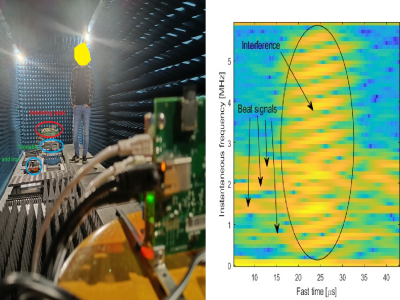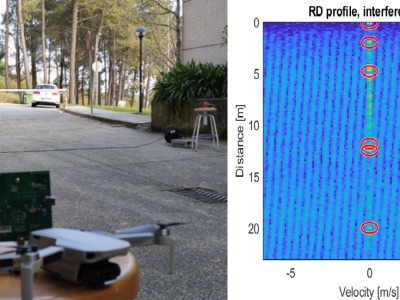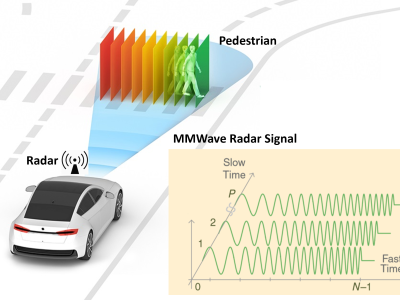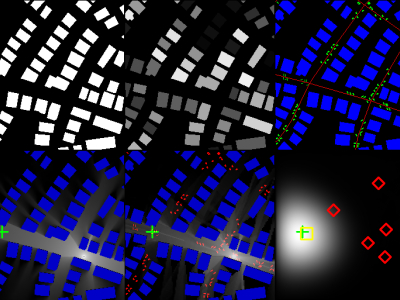28 GHz V2I measurements on highways
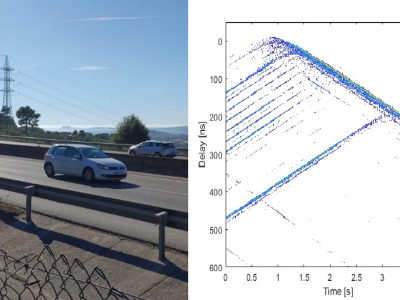
- Citation Author(s):
- Submitted by:
- Luis Lopez Valcarcel
- Last updated:
- DOI:
- 10.21227/jqmw-4317
- Data Format:
 330 views
330 views
- Categories:
- Keywords:
Abstract
In this dataset, 4 radio channel measurements at 28 GHz are presented. These have been captured in two different spots of a highway with a fixed Tx and a mobile Rx onboard a car, emulating a V2I link. The Tx was placed both on the roadside (3 measurement runs) and on an overpass (1 measurement). Each run consists of around 4.29 s of continuously captured channel impulse responses (CIRs), with a channel sampling period of 65 μs and a delay resolution of 2 ns. The channel sounder used the pseudorandom binary sequence 11 (PRBS11) to excite the channel and extract multipath characteristics, using two pre-synchronyzed rubidium standards in order to keep synchronization between Tx and Rx clocks. Nonetheless, no absolute delay or amplitude synchronization has been performed. The dataset can be processed in order to extract wideband channel characteristics.
Instructions:
The dataset itself is provided in the attached file "Dataset.zip". There, the four measurement runs can be found in .mat format. Each file contains:
-impResp: 2047x65536 matrix with the consecutive CIRs on each column.
-Nseq: length of the sounding sequence (2047).
-Tc: chip period (2 ns).
-CSP: channel sampling period (65 μs).
-fc: carrier frequency at which the measurements were conducted (28.65 GHz).
-durMeas: total duration of a run (4.29 s).
-firstPos: earliest position of a significant peak, for delay axis alignment (measurement-dependent).
The files can be loaded with Matlab for further processing. We provide the script "demoLSF.m" as a simple example of how to do this.
To make full use of the dataset, please refer to the attached documentation ("readme.txt"), where details of the measurement process, sounder configuration, etc. are given.


